Crowsnest Pass Coal Mine Fan House
Not all that long ago coal was king in the Crowsnest Pass. There we’re dozens of mines up and down the valley, with production peaking in the late 1940s. It was almost exclusively on these which the local economy relied but now tourism brings in the dough. It’s all quiet in the hills now, the last of these closing in the 1980s, but that situation could change. The miners of old left a lot of material behind so one reopening or even one entirely new is not out of the realm of possibly. In fact one firm is looking to do just that, even with coal’s image in the toilet and a weak market.
Scattered about, down some random backroad, or even deep in the woods and essentially forgotten, one can find the occasional remains. Maybe it’s the mine entry itself, a tipple type building, an electrical substation, hoist house or as here, a simple little fan house. The latter was essential in keeping a mine operating – out with the bad air and in with the good. Crowsnest Mines were often “gassy” and needed proper ventilation or there would be trouble. No fan = no mine!
Most of the Crowsnest Pass Mines were underground, with some of the last being open pit. The latter method is really the only way to extract the material these days. Large scale is in, with big machinery.
In function a fan house was quite straightforward and it’s sole purpose was to get air flowing down in the inner workings. Good air in and the stale and spent stuff out and with that you’d feel a gentle wind at the main working entrance or any other opening (and there might be others). It’s unclear to us novices if this is a blow or suck fan (insert chuckle here), the only difference being the route the air takes, and either method was possible and accepted. The arrangement of the blades suggests the latter, but we’re not expert enough to say. Either way, it made a mighty wind and typically the fan was positioned far into the the workings, as was done here.
This fan is of the centrifugal type, so not like an airplane propeller, but rather hallow and barrel shaped with upturned blades parallel to the drum, that spun around a central axis. This style would maintain a nice constant pressure and could move mass volumes of air easily, and was simple to build and maintain. Power would come from an electric motor (presumably) via a drive belt acting on a pulley, the latter of which remains.
In spite of being old and exposed to the elements, the fan can be made to spin with a bit of effort. I suspect when operating it was anything but quiet.
Given its importance, it would be safe to assume that the fan would watched over or visited often to assure it was running. Or maybe it was manned all the time? The loss of good air could mean an evacuation of the mine and down time is bad for business. With that, it would be vital they kept it in proper shape with spare parts quick at hand should they fail.
The fan would have been housed completely in a shelter. Here it’s one made of stone – cheap and easily available here – with some nice brickwork at the drive shaft opening. Some of the structure has collapsed or was demolished – to salvage motors and electrical gear perhaps? The ventilation shaft on which the forced air was fed was just below the fan house and has been back filled. We’re not sure when the fan house was specifically built but circa 1920s was suggested in some old mining papers we sourced.
The fan house is connected to West Canadian Collieries’ Bellevue Mine, in operation from 1903-1961 and one of the largest producers in the area (number two if we’ve done our math right). In almost six decades they pulled out some thirteen and a half million tonnes out of the hills here. That’s a lot of black diamonds! For back then at least – times have changed and the mega-pit mines a mere stone’s thrown away across the BC Border regularly produce between four and nine million tonnes per year each. For decades on end! Those mines are thriving, where as in the Pass, there’s nothing any more. For now at least.
Coal from this mine was mainly for industrial use – fuel for steam locomotives and for the production of steel being two applications mentioned. West Canadian Collieries also owned other coal mines in the Pass. They followed the room and pillar method where as the working face advanced, some material was left behind to support the roof. Sometimes on retreating they’d remove these often resulting in a later collapse of the workings. Down deep that’s no worry, but if close to the surface it can results in a subsidence pits. We see these all over the Pass.
You can tour a section of the Bellevue Mine today, the one you see by the highway. We haven’t been for decades, but you know, we think it might be time to pay it a revisit. You can’t go in too far, but it gives you a good idea of what it was like and the conditions inside. The temperature remains pretty constant year round which is interesting. Beyond the gate at the end, where visitors get turned around, there’s a literal maze of workings, hundreds and hundreds of kilometres worth of tunnels, all silent and still. You can peer into the dark and wonder what’s beyond the reaches of your flashlight.
Hanging with is this day were members of the Monochrome Guild of Edmonton. These crazy guys shoot film in an digital world. And we’re not talking 35mm, but rather medium or even large format. This is the realm of the old school Hasselblad and strange Ebony view cameras looking utterly old fashioned but in fact modern and high tech.
Under the cape is someone you’ve no doubt seen on this website before, a photographer that’s a dear friend who we collaborate with all the time, Rob Pohl. No super hero he, nor is it some strange fashion accessory, rather the cape is used to block light from the viewing screen while focusing. Shooting those big cameras is complicated and even just one photograph takes a great deal of time. And we’re not even taking into account the later processing. Meanwhile, we’ve filled up an SD card and sit there twiddling our thumbs. We so admire the purity of shooting film – we even do so ourselves sometimes, but with an old SLR and nothing exotic like the Guild members have.
We’ve been meaning to visit this fan house for some time, but it just never happened. It so pleases us that that we finally got the chance. Now it’s off to explore more of the Pass and the hidden treasures hiding up there in the hills. It is our most favourite spot in all Alberta and we visit often.
They’re saying…
”I first noticed your articles years ago when you wrote an article about the mine my Grandfather and Dad worked at in Nacmine. I’ve enjoyed them ever since. A sincere thank you. Really good!!!” Bill Webster.
Random Crowsnest Pass…
Wandering Historic Downtown Coleman.
Autocar Coal Hauler – it’s huge!
One Mine Ridge – a hike to old mine ruins.
If you wish more information on what you’ve seen here, by all means contact us!
Date: June, 2019.
Location: Crowsnest Pass, AB.
Article references and thanks: Alberta Energy Regulator Mine Records.
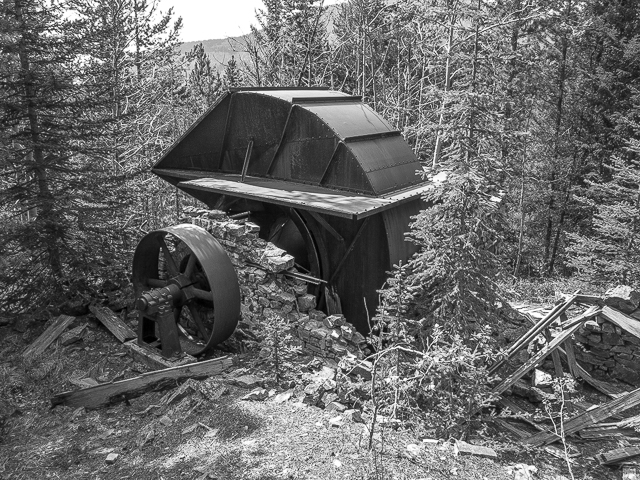
In the Crowsnest Pass, this old coal mine ventilation fan.
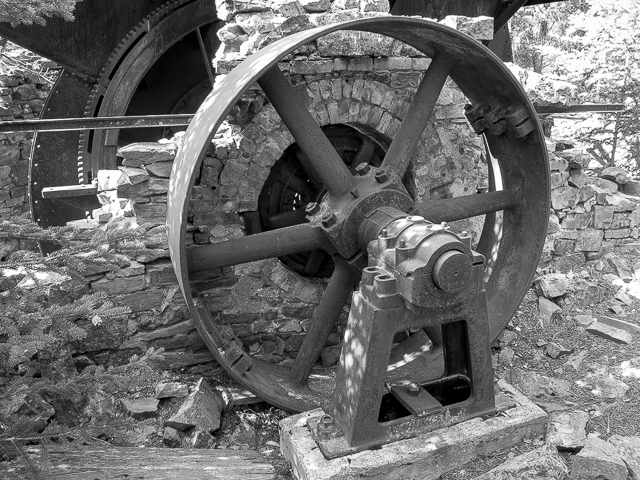
With a little effort it can be made to turn.
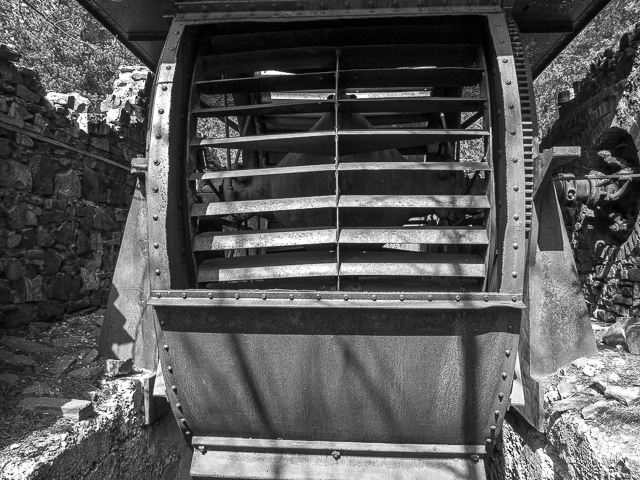
It blows!
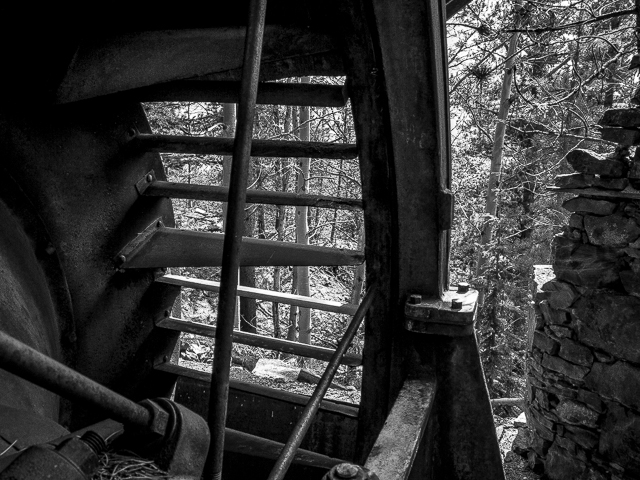
This kept the mine supplied with fresh air.
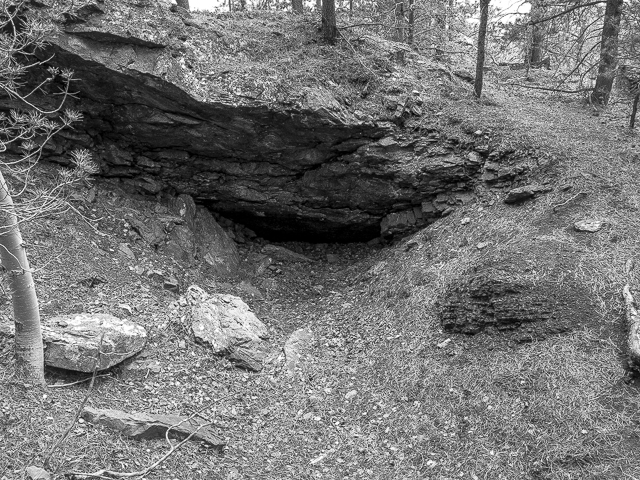
The air shaft was here and now sealed.
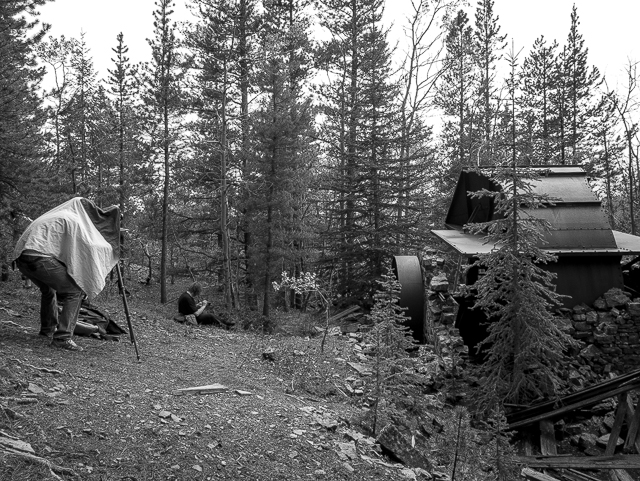
Hanging with the Monochrome Guild Edmonton.
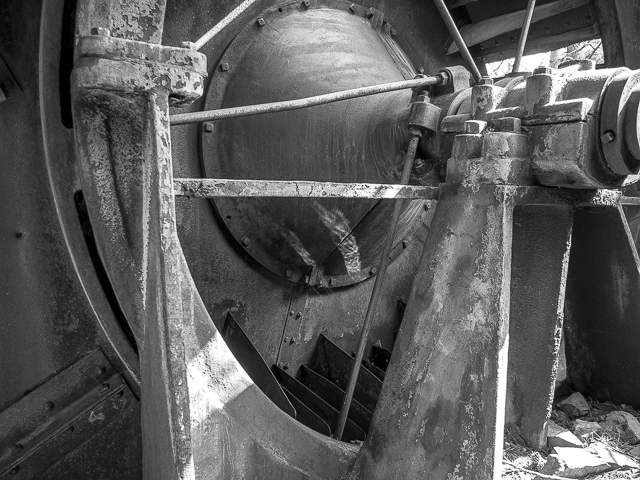
Machinery was once completely enclosed.
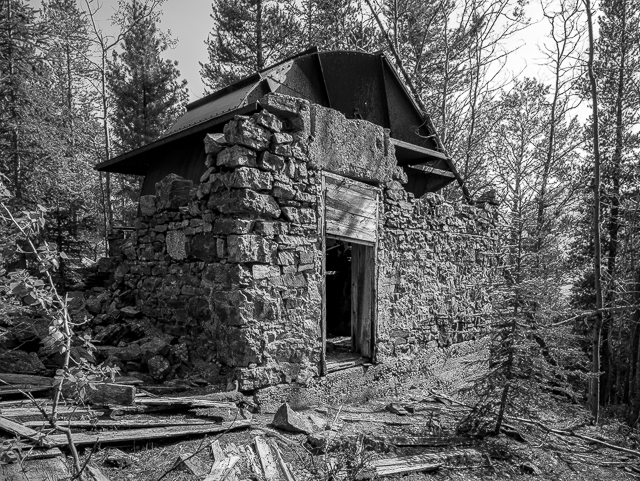
No fan = no mine.

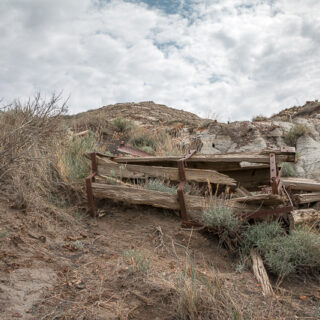
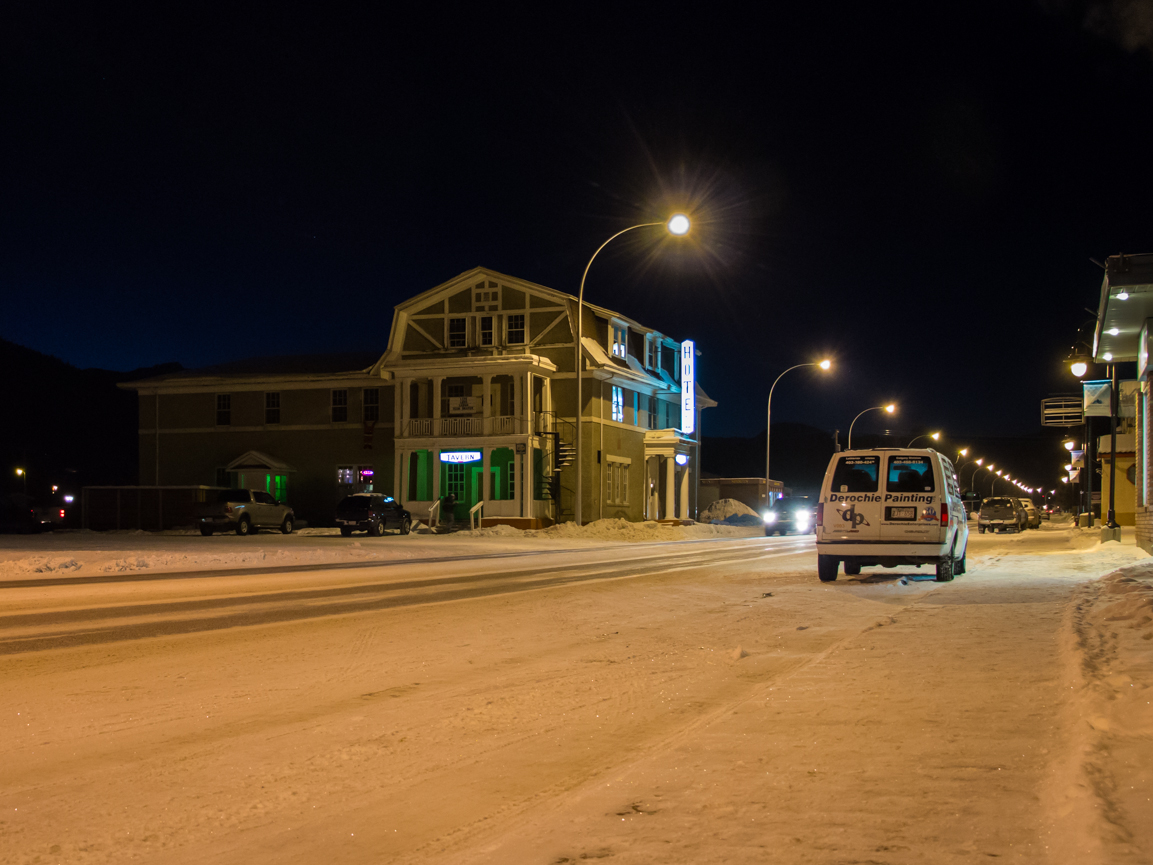
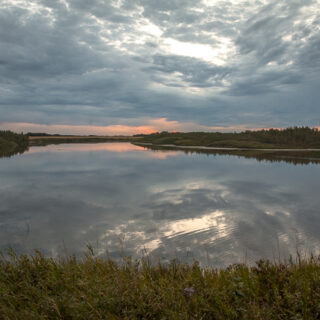
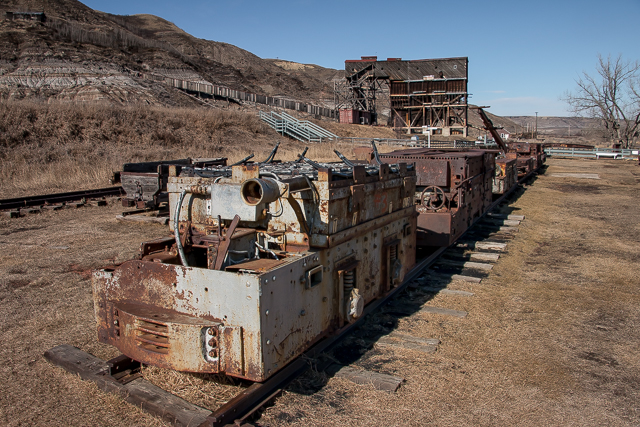
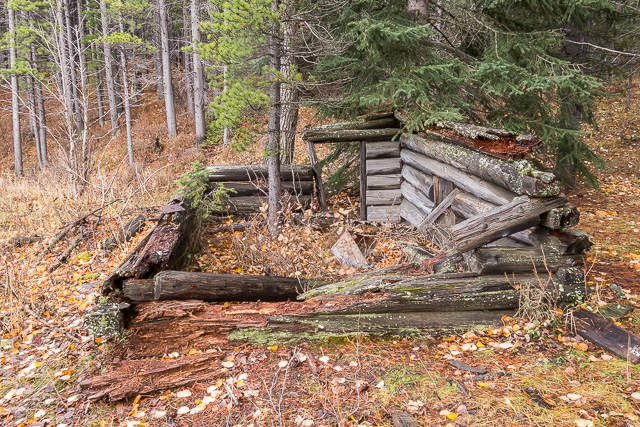
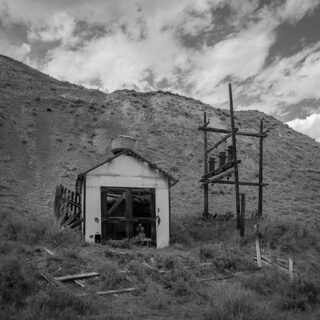
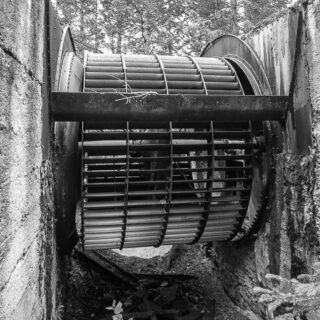
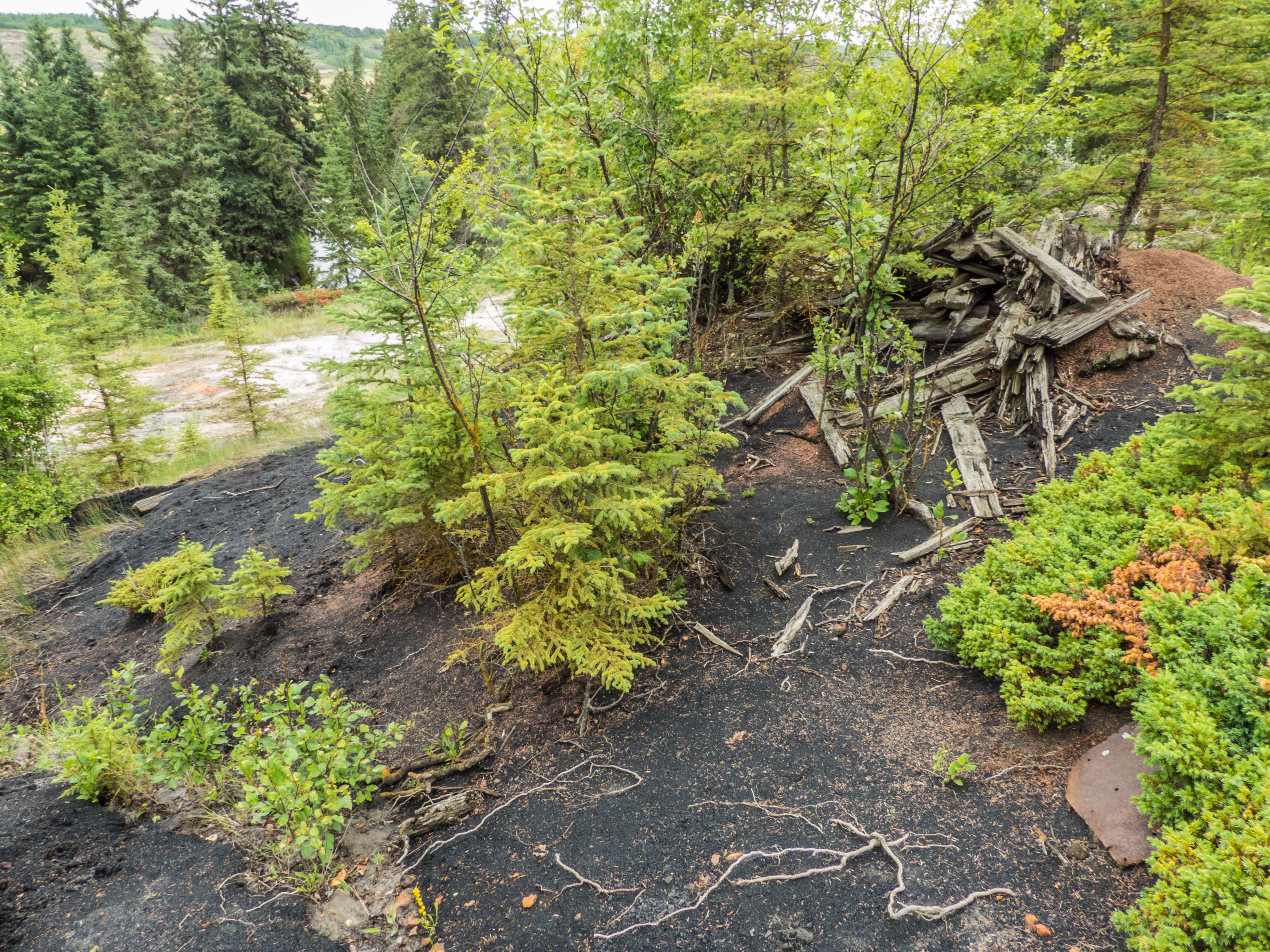
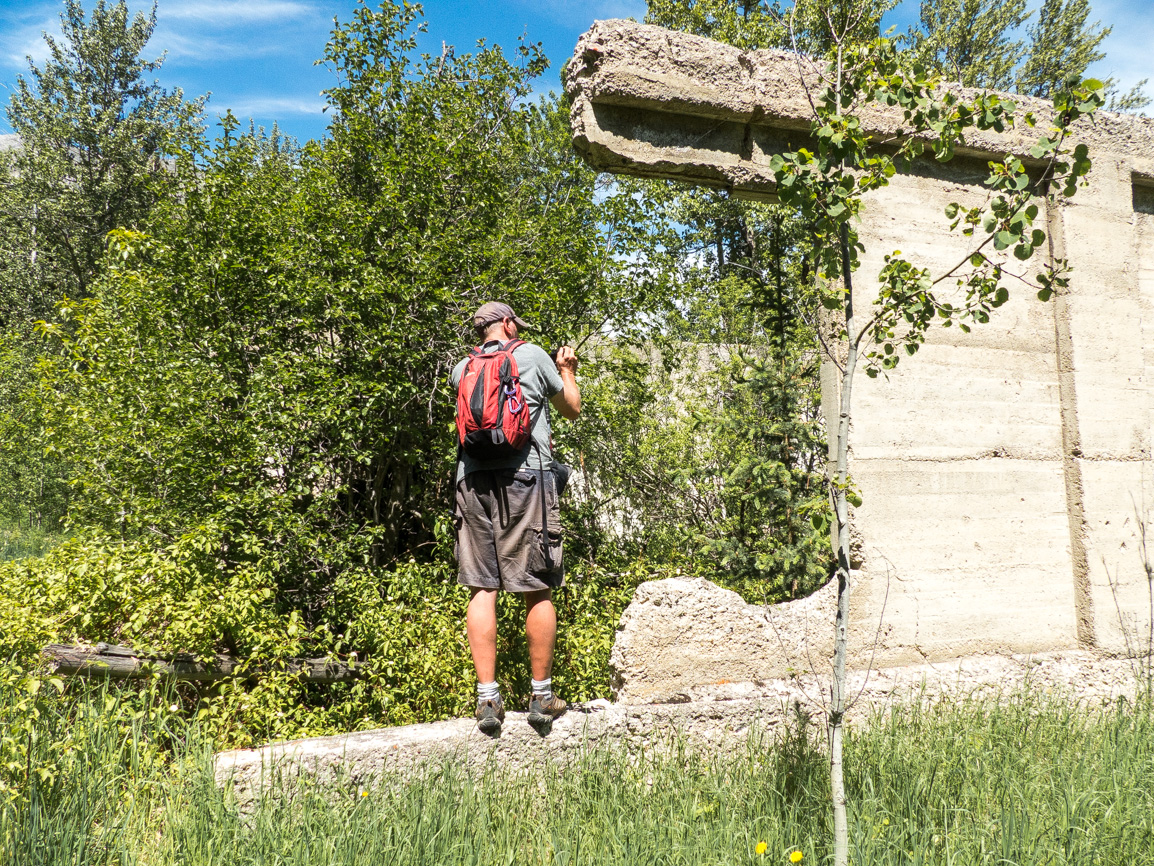
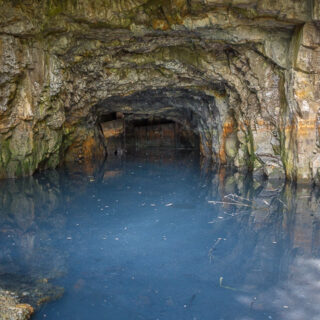
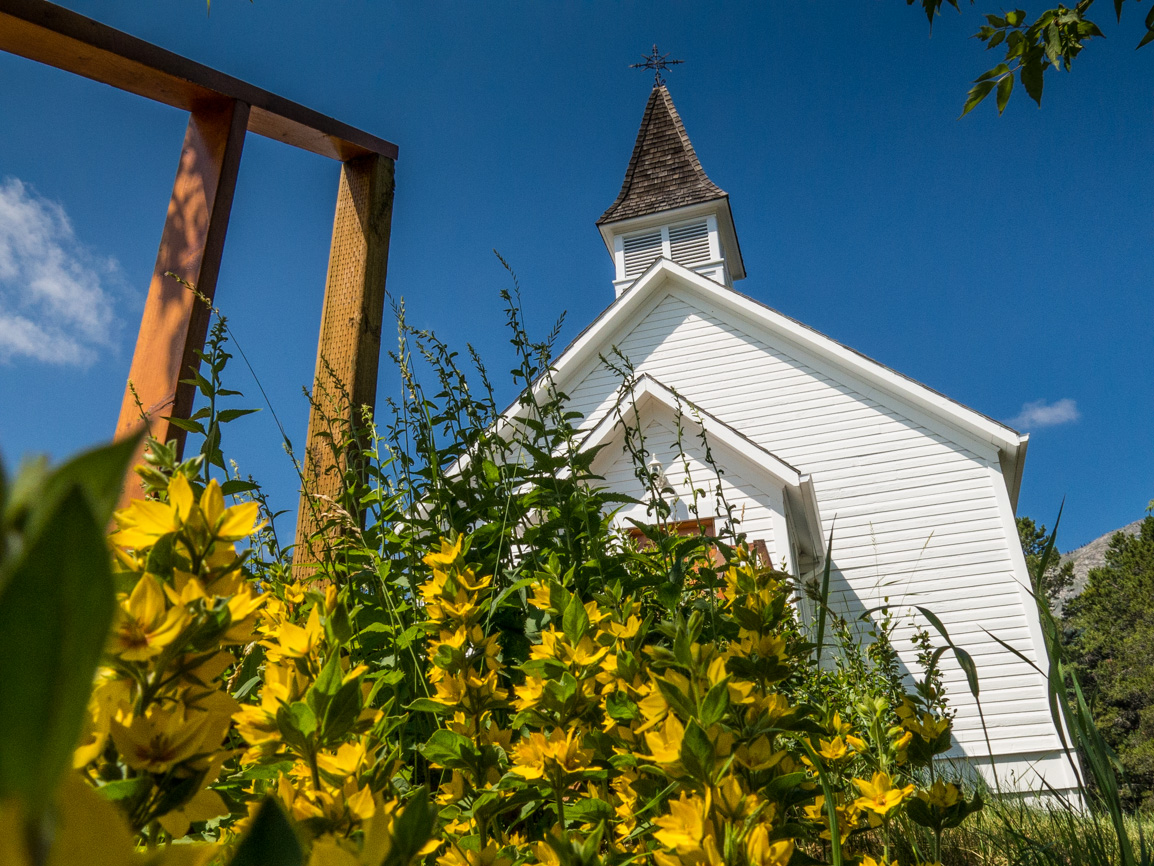
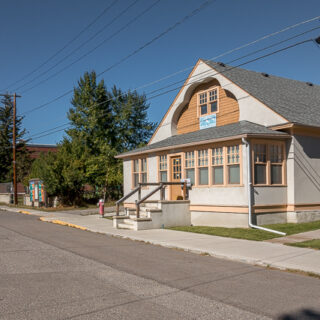
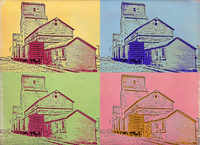






I’m currently researching the cemeteries in the Crowsnest Pass as part of the Alberta Family Histories Society’s updating of our research database. Learning a lot about the people who lived there, the mines they worked in, the tragedies, the strong sense of community, etc.. Was in the Pass last month walking through the cemeteries but didn’t have time to look at the old mine sites – thanks so much for sharing these pictures! Helps make it all real!
Wow, sounds like quite the project. Good on you!
Very interesting!
Isn’t it!
So many memories of exploring the old mines and ancillary sites like these fan houses and hoist houses. All the old pass mine sites: Mohawk, the Tipple, Greenhills, Boselei, Lille #1 and 2, Cougar Corner, Grassy etc. Was fortunate in the sixties to walk about a half mile in one of the tunnels that ran from Boselei to the Hoist House and on to Greenhills about six miles altogether. Remembering Oscar Galicia and the mine history he shared.
That’s some cool memories. Thanks for sharing!
Your discoveries are always fascinating. Thanks once again!
We love to find the hidden away gems the most. Like this. Glad you like what we do.
love these shots!
Love wandering the hills and finding stuff like this.
It was awesome to see.
Fun hanging with those crazy film guys too.
Your discoveries and photos and information are amazing.
You made our morning!
The detritus of industry is interesting.
We simply adore old industrial ruins – but then you probably already knew that.
Great shots. I visited this one about 10 years ago, I’m glad to see it’s holding together nicely.
That it’s hidden keeps the vandals at bay. And it’s well built too. Cool place!
Wow neat!
Love the hidden gems in the Pass.
One of the big air shafts also acted as a hoist operation.
Oh, interesting.
So cool!
It blows!
So much mining history in the pass, just have to look for it
Up in the hills there’s all kinds of stuff. We love exploring that area for that reason.
Thank you very much for such an website that made me revive my memories of being a coal miner. The pictures are sensational.
Thank you and it’s our pleasure!